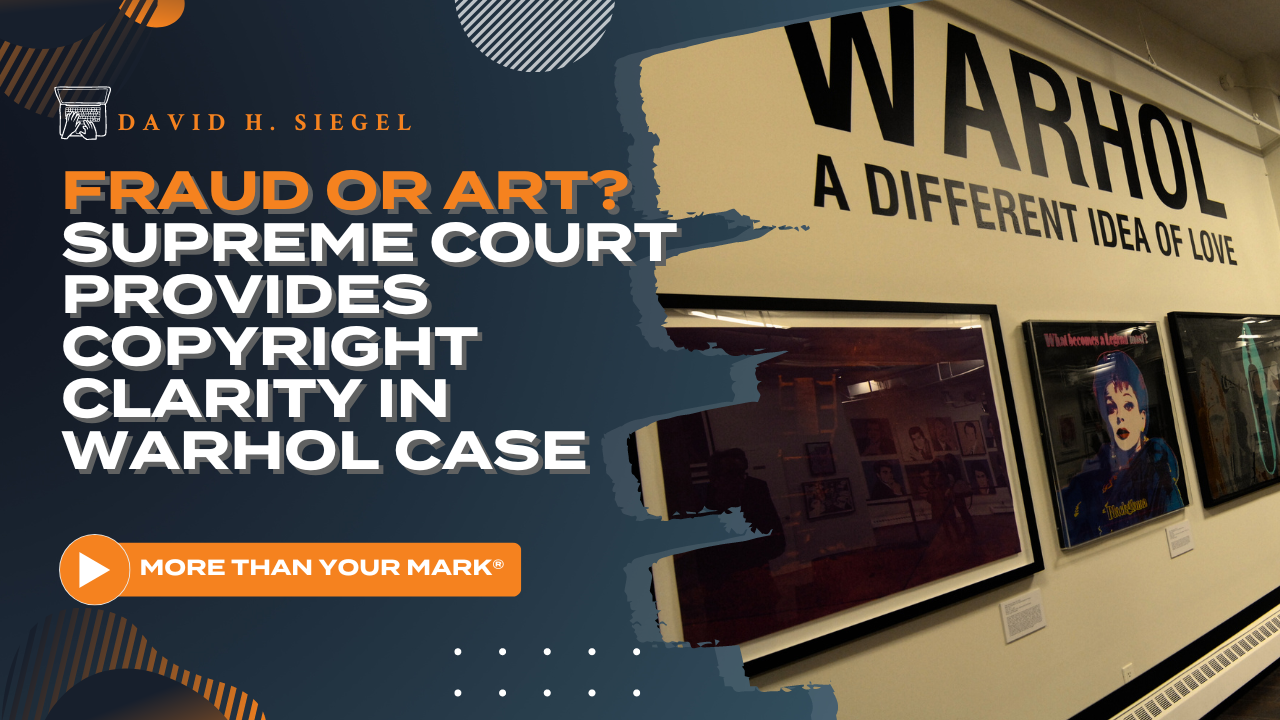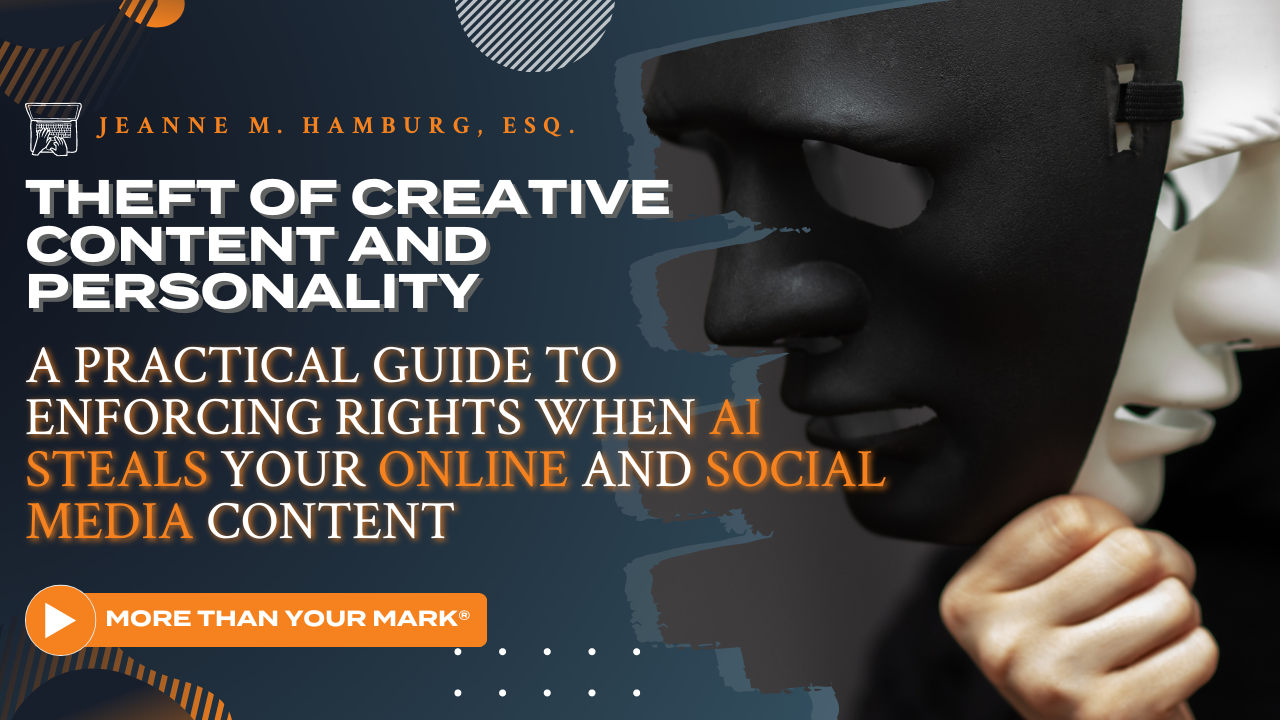Fraud or Art? Supreme Court Provides Copyright Clarity in Warhol Case

The US Supreme Court recently handed down their long-awaited decision in Andy Warhol Foundation for the Visual Arts v. Goldsmith, providing much-needed clarity on the boundaries of fair use in copyright. Fair use limits the exclusive rights of the copyright owner, so that it is not an infringement to copy, perform, transmit, distribute copies, or display a copyrighted work under certain circumstances.
Fair use is not well defined in the statute, but four factors are set out:
(1) the purpose and character of the use, including whether such use is of a commercial nature or is for nonprofit educational purposes;
(2) the nature of the copyrighted work;
(3) the amount and substantiality of the portion used in relation to the copyrighted work as a whole; and
(4) the effect of the use upon the potential market for or value of the copyrighted work.
Historically, discussion of fair use has focused on the first factor, mostly in trying to assess what besides “a commercial nature” and “nonprofit educational purposes” determine the “purpose and character of the use.” Key to the character of the use is the question of whether it is “transformative” – whether it is so different from the original work in content and purpose that it has virtually become something else. Like many other cases, Warhol v. Goldsmith was determined, in the lower courts, based on “transformativity.”
The Case
In 1981, rock artist photographer Lynn Goldsmith took a photograph of the artist Prince. In 1984, Andy Warhol, on behalf of Vanity Fair and with a license from Goldsmith, made a silkscreen version of the photograph that Vanity Fair used as a magazine cover. At the time, Warhol also made a series of other works based on the photograph. When Prince died 30 years later, Vanity Fair licensed one of those other images from Warhol’s heir, the Andy Warhol Foundation for the Visual Arts, which it used to illustrate an article about Prince, without paying or crediting Goldsmith.
The Foundation’s defense to a claim of infringement has been that the use was “transformative” in purpose and character and therefore protected by fair use. The District Court agreed with the Foundation, stating that Warhol’s works, when viewed side-by-side with the original photograph, “have a different character, give Goldsmith’s photograph a new expression, and employ new aesthetics with creative and communicative results distinct from Goldsmith’s.” The District Court then found that the transformative character of Warhol’s works outweighed all the other three fair use factors. However, the Second Circuit disagreed, finding that the works were not transformative, just being a change in style but still recognizably the same depiction of the same person, without significant new expression.
The Supreme Court held that both lower courts’ approaches were wrong – the question of the first factor is not merely whether a work is transformative at all, but the degree of transformativity and new creativity must be balanced against other elements of the purpose and character of the use, such as whether it is commercial and whether it shares a purpose with the original work. Ultimately, the Supreme Court restated the question of “whether the use … has a further purpose or different character, which is a matter of degree, and the degree of difference must be balanced against the commercial nature of the use.”
The Rule
While the Supreme Court’s decision adds some complexity to the first fair use factor, it also adds significant clarity to the questions of what constitutes a transformative use and whether a transformative use is necessarily a fair use. Most importantly, it clarifies that a creator who adds their own creativity to a use of another’s work for commentary or non-commercial purposes is likely protected by fair use. When the standard of new creativity and a changed purpose is applied to a commercial use, particularly a competing use, a fair-use is much higher.
Trademarks
This decision may also shed light on the still-awaited decision in VIP Products v. Jack Daniel’s, often known as the “Bad Spaniels” case. While trademark fair use is not enshrined in statute with the four factors of copyright fair use, the balancing of the degree of creativity and changed purpose against the commercial nature of the use could be similarly applied in that case, where a dog toy manufacturer created and sold a chew-toy aping a Jack Daniel’s bottle. If so, that case may come down to the Justices’ assessment of the creativity and thought needed to come up with “Bad Spaniels” from “Jack Daniels.”
Clarifying fair use boundaries and emphasizing the degree of “transformativity” is crucial for the future of copyright cases. If you are interested in this topic, or any other aspects of copyright or trademark matters, please feel free to contact me at dsiegel@norris-law.com or the intellectual property attorneys at Norris McLaughlin about disputes over intellectual property.




